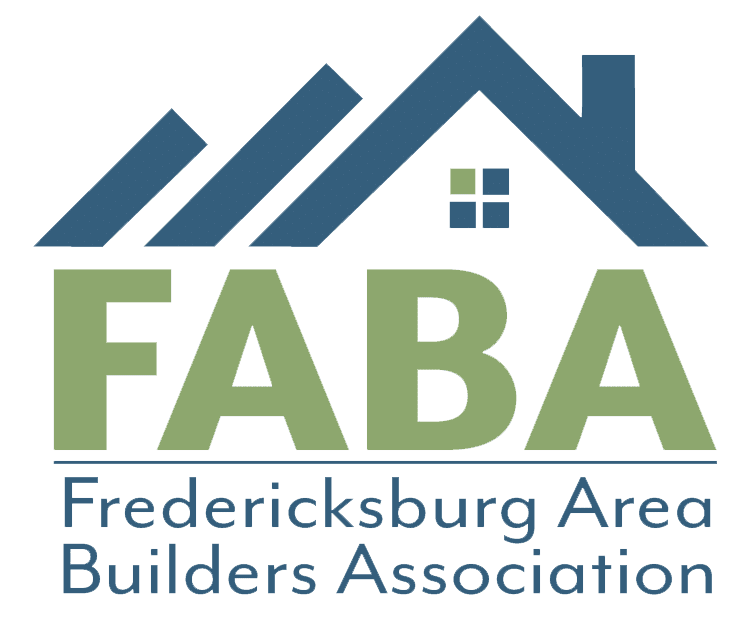
The Texas Department of Licensing & Regulation (TDLR) held an emergency meeting this week to consider delaying the implementation of a section of the 2020 National Electrical Code (NEC) after numerous electric failures were reported in the state related to a new requirement.
At issue was section 210.8(F) of the 2020 NEC which requires a ground-fault circuit interrupter (GFCI) breaker to be installed on connections between a new home’s electrical system and the air conditioning condenser unit – the part of the HVAC system that resides outside. GFCI breakers are specialized devices that prevent electrocutions in homes by quickly tripping the circuit when a potential electrocution event is detected.
But before the 2020 NEC, GFCIs were not required for condenser connections, and as such, HVAC manufacturers had not engineered their products for such a connection. After Texas adopted the 2020 NEC in full, home builders and their HVAC contractors in the state began to follow the code’s requirements, including section 210.8(F).
Home owners and builders in Texas immediately began reporting issues with the GFCI breakers tripping when the air conditioner ran, sometimes multiple times each day, as the GFCI breakers are incompatible with HVAC units. The state recognized the need for emergency action with summer bearing down.
“The threat of air conditioning and other cooling systems failing and malfunctioning due to this incompatibility poses an imminent threat to Texans’ safety,” said TDLR Assistant General Counsel Doug Jennings at the meeting. “There is no question.”
The TDLR Commission ultimately voted unanimously to delay the requirements of section 210.8(F) until Jan. 1, 2023.
Other States Need to Address Section 210.8(F)
The incompatibility issues arising from section 210.8(F) are not limited to Texas. So far, 11 states have adopted the 2020 NEC. Already, seven of the 11 states have acted on section 210.8(F), some in an emergency fashion. Some, like Iowa and Massachusetts, amended the NEC to correct or remove the section. Others, like South Dakota, omitted the section when they adopted the 2020 NEC. And Washington State, like Texas, delayed the enforcement of the section until 2023.
But another 11 states are in the process of updating their electrical code to the 2020 NEC and others will follow. NAHB urges members to see where their state is in the adoption process and to contact code officials to ask how they plan to deal with section 210.8(F). Work with your local HBA to determine next steps. State and local HBAs are on the front lines of local code battles. The Texas Association of Builders‘ VP of Regulatory Affairs, Ned Muñoz, testified at the emergency meeting this week and his work was instrumental in addressing and resolving this issue.
Incompatibility the Result of the Code Development Process
The building code development process is a deliberate and collegial affair with input from various stakeholders and the public. The voices of end users of building codes, home builders, engineers, product manufacturers, public safety officials, and many others are heard in a multi-step process before a new model code edition is finalized. But there are opportunities for undue influence in the process.
To bolster the case for a code change, the proponents of the change offer real-world examples of why the code is needed, called substantiation. The substantiation for section 210.8(F) included a very unfortunate incident where someone was electrocuted by an outdoor condenser unit. But the investigation of the incident revealed that the new requirement would not have prevented the tragedy as the HVAC unit was on an older home and installed incorrectly by an unlicensed service provider. There was no substantiation involving a home built to recent code or work done correctly by licensed professionals.
Proponents of code changes are quite often manufacturers of the products that will solve a “problem.” In fact, the chief electrical inspector for Texas, Jerry Daniel, noted in this week’s hearing that the panel that approved section 210.8(F) “has a lot of manufacturers on it.”
“I am very concerned,” Daniel continued. “I can’t tell you, because I wasn’t on the code panel if this was one of those ‘let’s sell our product through the code’ or if this was actually something that they believe was going to work.”
(Watch a recording of the TDLR meeting on YouTube)
Daniel was highlighting a growing problem where code officials are being asked to enforce building codes that are frequently developed through a process that is manipulated by special interests.
Code changes must be supported by data over anecdotal evidence. NAHB has long advocated for code bodies to examine how their building codes are developed. NAHB believes in strong building codes that increase the safety, comfort, durability, and energy efficiency of homes. But if no issues are identified that need addressing, there should not be a change in the code simply because of a date on a calendar.
For more information on electrical codes, contact Dan Buuck. For more information on the code development process, contact Craig Drumheller.



